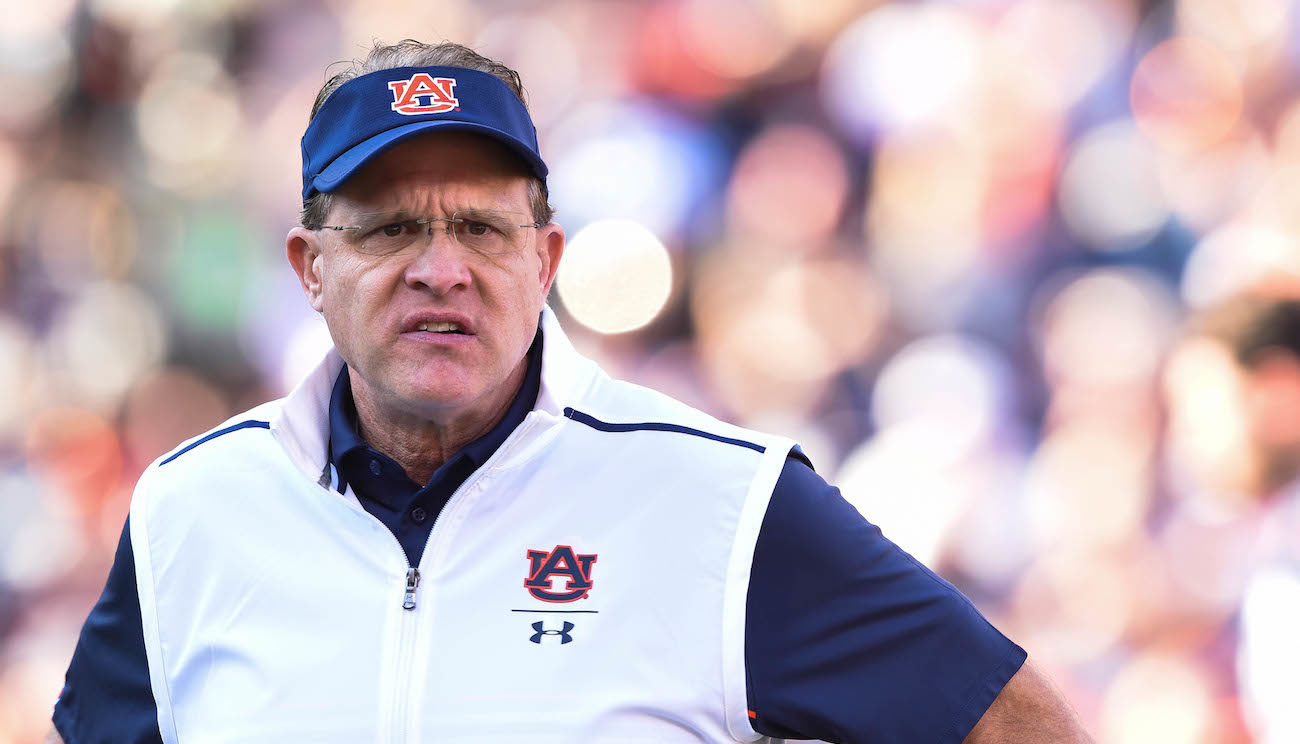
Auburn football: As focus turns to camp, 3 areas Tigers still trail Alabama, LSU
By Clint Lamb
Published:
The SEC schedule is set. Fall camps are opening and campus officials are trying to determine how many fans can attend games.
After an offseason of uncertainty, it’s starting to feel like football.
Clocking in.
It’s back to business. pic.twitter.com/vsnZz4zwoq
— Auburn Football (@AuburnFootball) August 19, 2020
Auburn is considered one of the elite football programs in the Southeastern Conference. It’s 1 of only 3 SEC programs that won a national championship during the 2010s, and the Tigers came close to winning a second in 2013.
Auburn’s annual challenge, of course, is it resides in a division that features the SEC’s other 2 national champions.
Catching Alabama is a daily chore. But last season LSU rose, too.
When comparing Auburn to Alabama and LSU, we noticed that there were still some areas for improvement. The win-loss records for each team during that 10-year period is as follows:
- Auburn: 87-45 (.659)
- LSU: 103-28 (.786)
- Alabama: 124-15 (.892)
So, where are some of the areas where Auburn still trails the Tide and Tigers? Below are 3 areas that should be of focus moving forward.
1. Recruiting
Let’s start by saying that Auburn has not recruited poorly under Gus Malzahn. Since 2017, the Tigers haven’t finished below No. 12 overall and No. 6 in the SEC. In comparison to Alabama and LSU, however, it obviously hasn’t been to the same caliber.
Over the past 5 years, Auburn has averaged finishing around No. 10 in the rankings. LSU has averaged around No. 6, and Alabama brings an average ranking of No. 2. That might not seem like a major difference, but it can be when you cross-examine it with success in the SEC.
As it currently sits, the 2021 class looks even worse. Alabama is ranked No. 2 (No. 1 in the SEC) behind Ohio State and LSU is close behind at No. 4 (No. 2 SEC). Auburn, on the other hand, is sitting all the way at No. 23 with the No. 7 class in the SEC.
It’s almost a certainty that the Tigers will climb their way back into the top 20 — and maybe even the top 10-15 — but this is one area Malzahn and company need to try to improve to close the gap.
Fortunately, with only 13 commitments, the class has room to grow. There isn’t a 5-star in the group, yet, but among the 6 4-stars are a pair of defensive tackles, a top-5 running back and QB Dematrius Davis, the No. 6 dual-threat in the country.
2. Personnel/Depth
One statement that should be obvious: a disparity in recruiting over time will create a disparity is personnel and overall depth over time. And the lack of depth, in comparison to Bama and LSU, is another area Auburn needs to improve.
Now, that doesn’t mean the Tigers are in rough shape as from a talent standpoint, especially not in 2020. In fact, there are many who are suggesting 2 of the 3 position groups that have been hit the hardest, the offensive line and the secondary, could end up being as good or better despite the losses to the NFL and graduation.
The defensive line is also is good shape even after losing Derrick Brown, Marlon Davidson and Nick Coe. So, what’s the issue then?
Well, this is where depth comes back into play.
Take the offensive line, for example. Brodarious Hamm, Austin Troxell, Tashawn Manning, Jalil Irvin and Keiondre Jones are all talented prospects who are capable of stepping into a starting role. The issue is the depth behind those players — and center Nick Brahms, of course.
It’s that way at the other spots too.
3. Consistency
Auburn has been fairly consistent over the past decade. In fact, there’s only been one season where the Tigers didn’t finish above .500, and that was Gene Chizik’s last season in 2012.
That’s good, but it’s not on the level of consistent success with Alabama and LSU. Obviously, what the Crimson Tide has achieved (12 consecutive seasons of 10-plus wins) isn’t necessarily a realistic expectation for most considering it’s one of the greatest sports dynasties of all time.
With that said, LSU posted 6 10-plus win seasons over the last decade, and the lowest win total for any one season was eight. Auburn posted three 10-win seasons during that time frame with that 2012 record of 3-9.
So while there is plenty to be proud of with Auburn’s football program, there is also room for improvement.
Clint helps cover the SEC West for Saturday Down South. His work can also be found on USA TODAY Sports, The 'Bama Beat podcast and The Bullpen with TonyMac and The Lamb. Previous stops include SEC Country, 247Sports and Touchdown Alabama Magazine.







